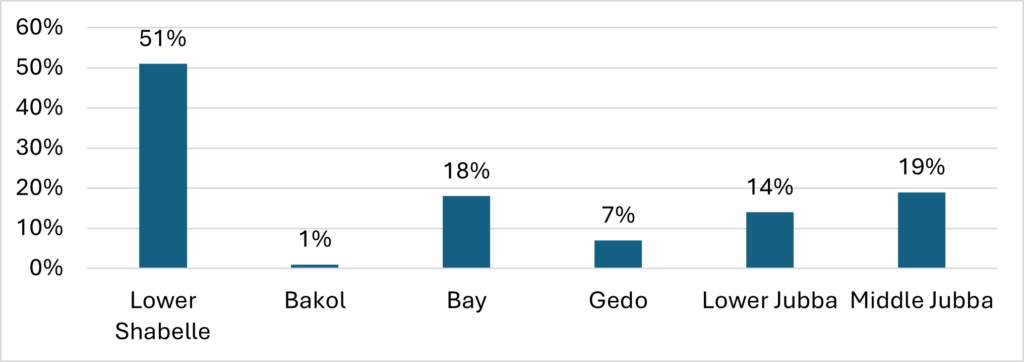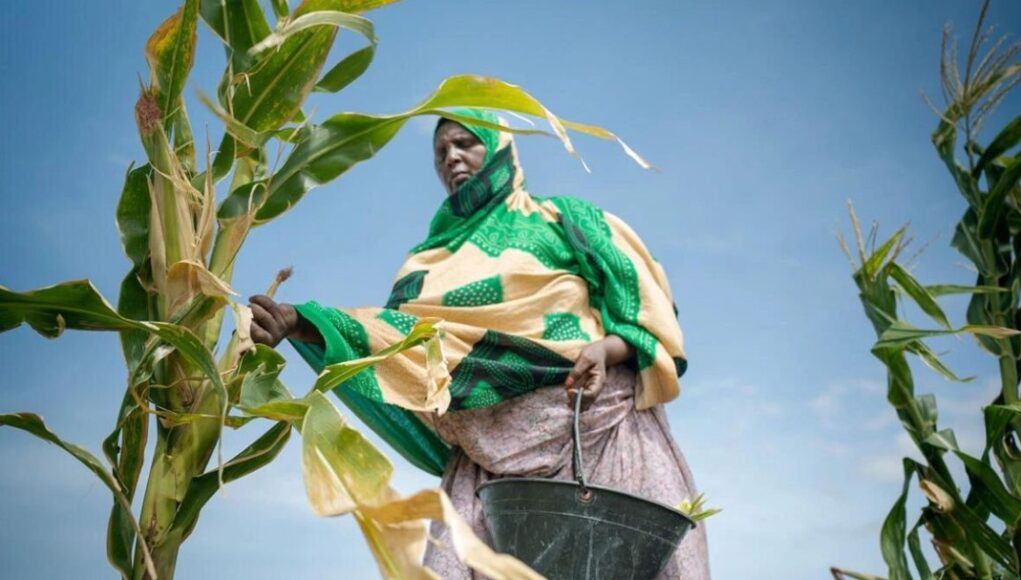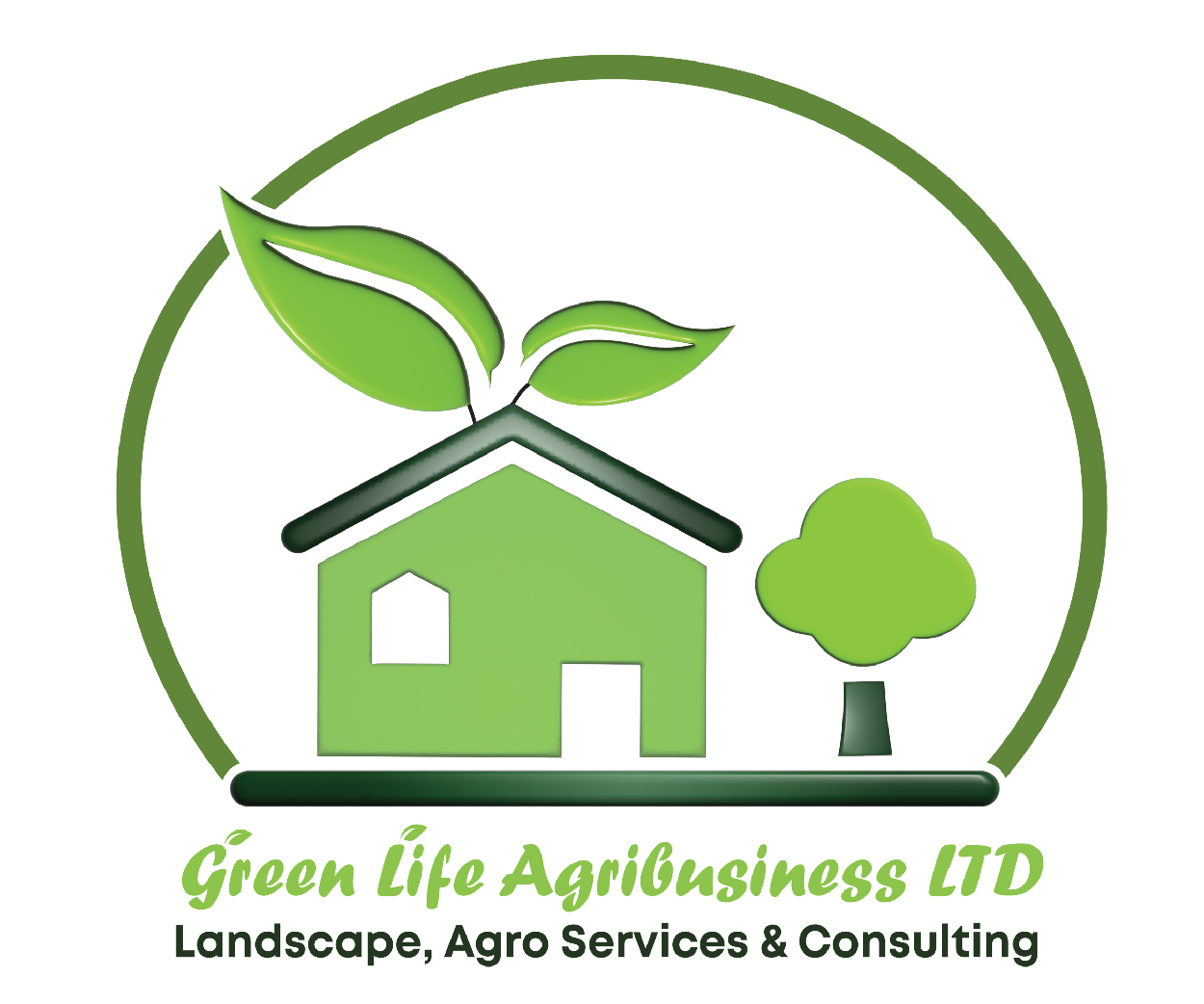Maize (Zea mays) is one of the key staple crops in Somalia, widely grown for both subsistence and commercial purposes. It plays a crucial role in ensuring food security, particularly for rural households. In recent years, there is a new hope to increase maize production and improve the value chains as new business opportunities are emerging which may ultimately lead to restoring peace and prosperity to the country. (Satg, 2018).
As an important staple cereal crop, maize is also an important source of livelihood for rural agricultural households, typically grown under irrigation. The agro-pastoral households also use maize as fodder and occasionally dried maize is boiled for their livestock. The farming households sell the surplus to markets thus earning some additional incomes.
However, maize production in Somalia is heavily influenced by various factors, including climatic conditions, access to farming resources, and political and economic stability. Maize is primarily grown in southern Somalia, particularly in regions like Lower Shabelle, Middle Shabelle, Lower Juba, and Bay. These areas benefit from relatively fertile soils and access to rivers such as the Shabelle and Juba, which support irrigation during dry seasons.
Figure 1. Regional contribution to maize production

Source: FSNAU. 2022. FSNAU Nutrition Update: October 2022. Situation Report. Post Gu seasonal assessment, the Food Security and Nutrition Analysis Unit.
In the Shebelle riverine area, maize is traditionally cultivated using furrow irrigation, with minimal reliance on external fertilizers or mechanical tools. Although these systems use irrigation, the availability of water is significantly impacted by seasonal rainfall shortages in the Shebelle River basin. These rainfall deficits lower the river’s water levels, affecting farmers’ capacity to irrigate their crops effectively (UNDP, 2016).
The below data from FAOSTAT (2024) on maize production in Somalia from 2018 to 2022 shows significant fluctuations in harvested area, production, and yield. In 2018, Somalia harvested 93,000 hectares of maize, resulting in a high production level of 102,000 metric tons, with a yield of approximately 1,097 kg per hectare. However, 2019 saw a sharp decline in production to 57,000 metric tons, despite an increase in the harvested area to 100,000 hectares. This drop led to a substantial decrease in yield to 570 kg per hectare, indicating potential issues such as drought, pest infestations, or limited access to farming inputs, which might have impacted productivity (USDA, 2023).
From 2020 to 2022, production stabilized at 75,000 metric tons, with the harvested area remaining consistent at 100,000 hectares. During this period, yield improved to 750 kg per hectare but did not return to the higher levels seen in 2018. This plateau suggests that while some recovery occurred after 2019, there remain challenges that prevent maize yields from reaching their previous peak. Factors such as unreliable rainfall, limited irrigation, and inadequate pest control might be influencing these stable but lower-than-peak yields.
Overall, this data reveals the vulnerability of Somalia’s maize production to external factors, highlighting the need for investments in agricultural inputs, water management, and pest control to help farmers improve productivity and build resilience against climate and environmental challenges. With targeted support, Somalia’s maize yields could potentially increase, enhancing food security and economic stability.
Table1.Maize production in Somalia
| 2018 | 2019 | 2020 | 2021 | 2022 | |
| Area harvested (ha) | 93000 | 100000 | 100000 | 100000 | 100000 |
| Production (t) | 102000 | 57000 | 75000 | 75000 | 75000 |
| Yield (kg/ha) | 1096,8 | 570 | 750 | 750 | 750 |
FAOSTAT (2023)
The maize trade in Somalia is characterized by a significant reliance on imports, especially from neighbouring countries like Kenya and Ethiopia. The production and market flow map of Somalia reveals that large regions, shaded in yellow and brown, show major and minor maize deficits, respectively. These deficits highlight the heavy dependence on imports to meet the domestic demand for maize and maize flour. In 2018, the estimated demand for maize in Somalia was about 1.2 million metric tons, valued at US$ 396,000, with an annual deficit of approximately 40 percent filled by imports. This deficit reflects the gap between domestic production and consumption, emphasizing the country’s ongoing maize trade imbalance Ministry of Finance Development (2022).
Data from FAOSTAT indicates that between 2017 and 2021, Somalia consistently imported maize and maize flour, with imports fluctuating each year. In 2017, Somalia imported 109.202.45 tons of corn, worth US$ 24,755,000. This was followed by a decline in 2018 with imports of 81,212.26 tons worth US$ 17,868,000, due to a slight decrease in demand or possible improvements in local production.
In 2019, however, imports increased again to 103,262.25 tons worth US$ 23,727,000, indicating a higher dependence on external corn supplies. In 2020, there was a sharp drop in imports to only 46,820 tons worth US$ 9,398,000, possibly due to trade disruptions, market conditions or the impact of the COVID-19 pandemic. In 2021, imports rose again to 77,000 tons worth US$ 17,000,000, marking a recovery after the slump in 2020.
Despite these significant imports, Somalia’s maize exports remain low. In 2017, Somalia exported only 5.57 tons of maize worth US$5,000, and this trend continued in 2018 with 4.43 tons worth US$3,000. Exports increased slightly in 2019 to 10.46 tons worth US$9,000 but fell to zero in 2020 as Somalia was unable to export any maize that year. In 2021, exports recovered to 13.24 tons worth US$ 10,000, but remained marginal compared to imports.
In 2022, Somaliland region recorded some export activity and shipped 10,334 tons of maize while importing 51,081 tons. This reinforces the trend that Somalia remains dependent on maize imports to meet its needs. The data highlights a persistent trade deficit in maize and maize meal. Somalia’s maize exports remain minimal and cannot close the gap between local production and consumption. This imbalance underscores the need for further investment in domestic agricultural production to reduce dependence on imports and improve food security.
| Import | Export | ||||
| Year | Import quantity in tons | Import Value in US$1000 | Export quantity in tones | Export value in US$1000 | |
| 2017 | 109,202.45 | 24,755.00 | 5.57 | 5.00 | |
| 2018 | 81,212.26 | 17,868.00 | 4.43 | 3.00 | |
| 2019 | 103,262.25 | 23,727.00 | 10.46 | 9.00 | |
| 2020 | 46,820.00 | 9,398.00 | |||
| 2021 | 77,000.00 | 17,000.00 | 13.24 | 10.00 | |
Source: FAO. 2022. World Food and Agriculture – Statistical Yearbook 2022
Reference
FAO. 2022. World Food and Agriculture – Statistical Yearbook 2022
FAOSTAT 2023. Maize in Somalia, Crops and livestock products
FSNAU Nutrition Update: October 2022. Situation Report. Post Gu seasonal assessment, the Food Security and Nutrition Analysis Unit. October 2022. 36
FSNAU. 2022. FSNAU Nutrition Update: October 2022. Situation Report. Post Gu seasonal assessment, the Food Security and Nutrition Analysis Unit.
Ministry of Finance Development, 2022. Trade statistical bulletin (2022) Ministry of Finance development: Macroeconomics and Statistics Department.
Satg, 2018. New Horizon for Maize Producers in Somalia. https://satg.org/new-horizon-for-maize-producers-in-somalia/#:~:text=Farmers%20in%20Somalia%20obtain%20low,and%20no%20stem%20borer%20control.
Somalia Milling Assessment: https://dlca.logcluster.org/27-somalia-milling-assessment 34 FAO. 2022. World Food and Agriculture – Statistical Yearbook 2022. 35 FSNAU. 2022.
UNDP. 2016. Human Development Report 2016: Human development for everyone. ISBN: 978-92-1-126413-5. New York. https://hdr.undp.org/system/files/documents/2016humandevelopmentreportpdf1pdf.p df
USDA. 2023. Somalia Sorghum Area, Yield and Production: Country Summary. Foreign Agricultural Services. International Production Assessment Division (IPAD).














